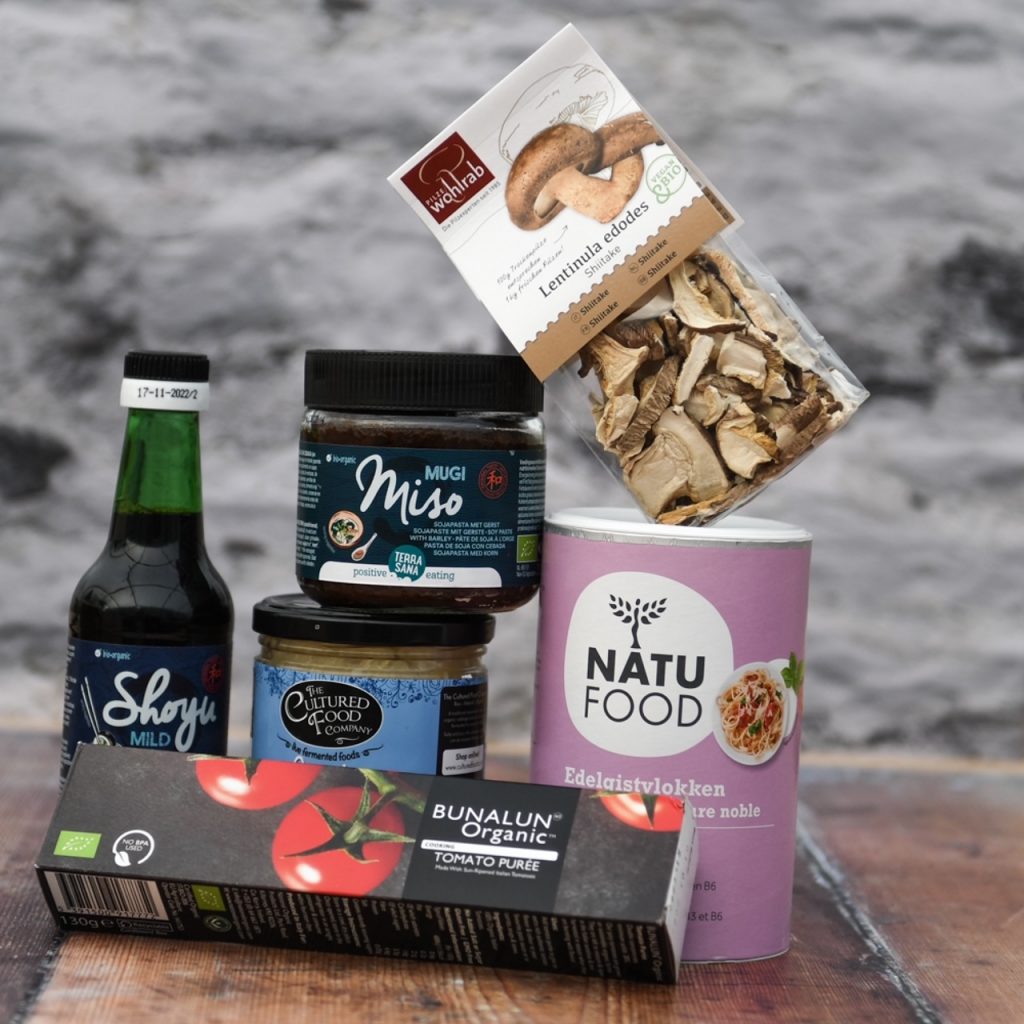
Good cooks will all instinctively know about balancing the tastes; sweet, sour, salty and bitter, but there’s a very important 5th taste, umami, that is trickier to describe. The Japanese translation of ‘umami’ is a delicious savouriness – but how is that different from salty?
I would describe it as a sort of humming background flavour, rich and rounded, associated with broths and meat, but it is also very prevalent in plants. Umami is found in foods that contain a high level of glutamate, a naturally occurring amino acid. Although many of these foods are animal products, it does occur in plant based foods too, so no one needs to miss out on the 5th taste. Here are some plant based ways to get more umami in your life.
Seasoning, Spices & Herbs
Use spices like smoked paprika, cumin and coriander seeds to impart a smokey, meaty umami to many dishes. Toast the spices before adding them to your dish to release the oils and make the most of all that flavour.
Green tea (and black tea) is umami rich, add it as a secret ingredient in your brothy soups and stews for an extra layer of flavour. Try brewing an umami rich broth of green tea, dried mushrooms and dried seaweed. Drain, stir in some miso paste and enjoy with vegetables, silken tofu and noodles.
Nutritional yeast brings umami in a cheesy form, it’s a great replacement for parmesan cheese. Use it to sprinkle over popcorn, risotto, soups or pasta, or whisk it into a vegan cheese sauce.
Mustard, miso, soy sauce, toasted sesame oil…all make brilliant seasonings or marinades to add umami to your vegetables.
Vegetables
Mushrooms, seaweed, tomatoes, onions, garlic, broccoli, beetroot, cabbage, celery and more are all naturally high in delicious glutamates.
Dried vegetables have an even more concentrated supply so think about adding dried mushrooms, tomatoes and seaweed into your dishes for an extra layer of flavour. Tomato puree is another way to get a concentrated dose of umami.
Fermenting or cooking your vegetables in certain ways adds even more umami deliciousness! Read more about that below.
Fermented Foods
Fermented vegetables go far beyond sauerkraut and kimchi. Think about adding miso, soy sauce, wine, dark vinegars, beer, kombucha, mustard, olives, chocolate, coffee, capers…to your cooking. All these mouthwatering fermented foods are mouthwatering for a reason.
Cooking Techniques
The way you prepare a vegetable can markedly affect its flavour. Think about the difference between a boiled Brussels sprout and a roasted one. Roasting, grilling, pan frying, charring, smoking, barbecuing, caramelising…all these techniques will increase that essential umami flavour in your dish.
Toasted or caramelised flavours are so good! Add toasted sesame oil and toasted seeds to your meals for an instant savoury hit.


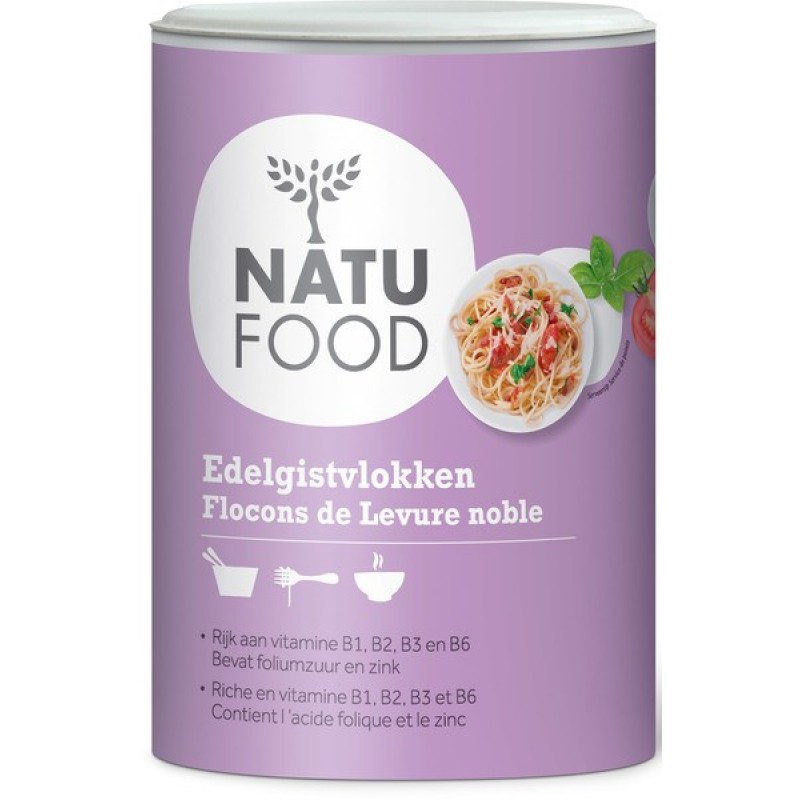
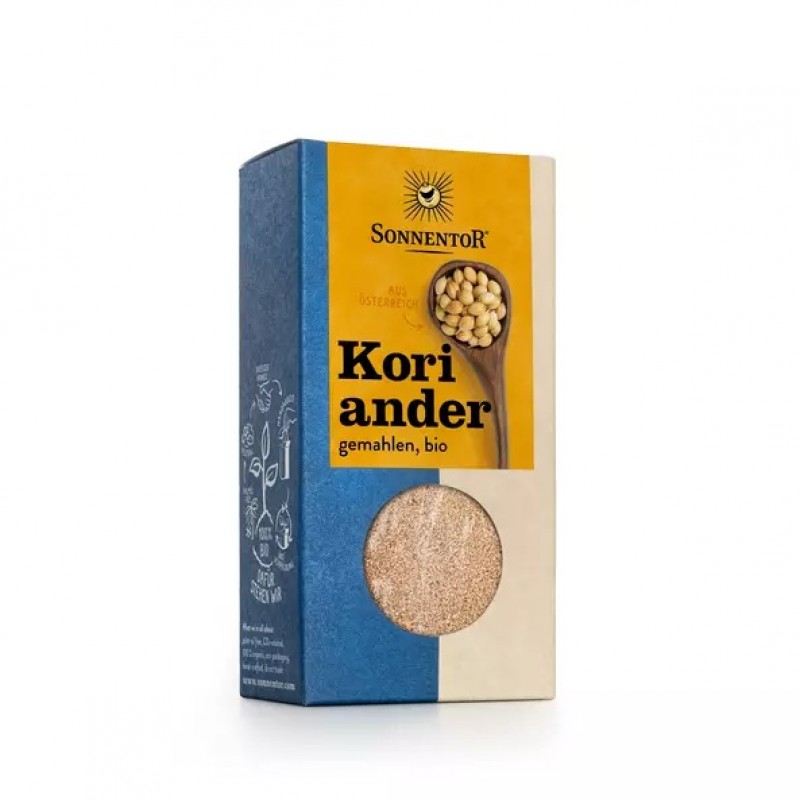
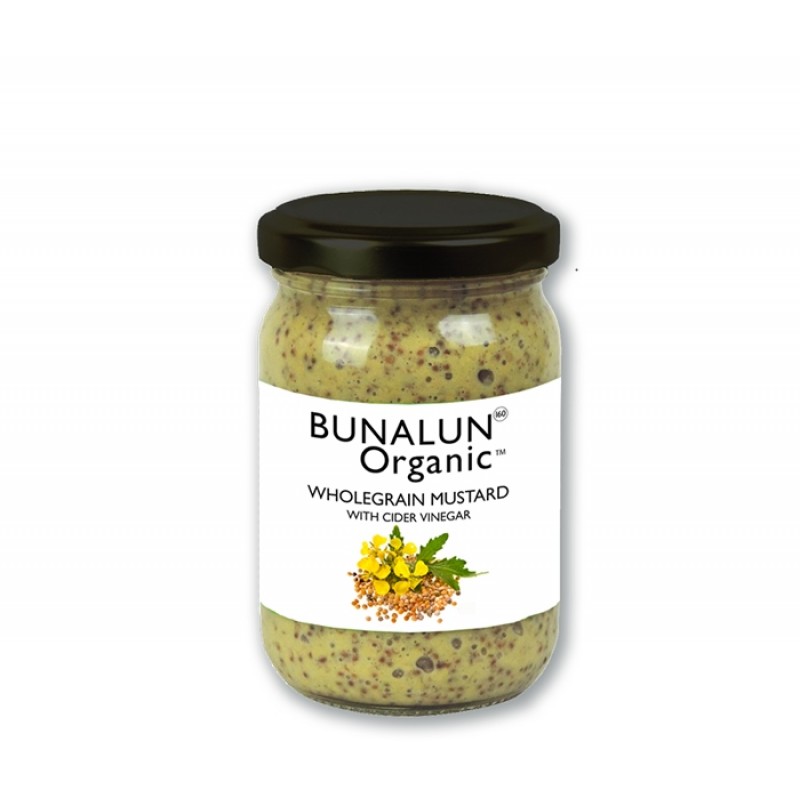
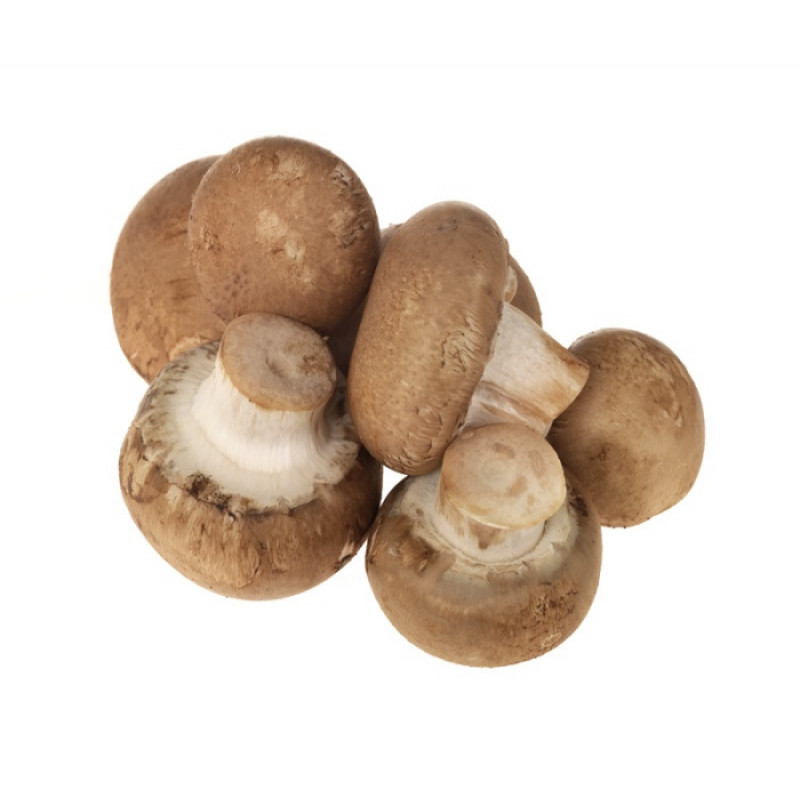
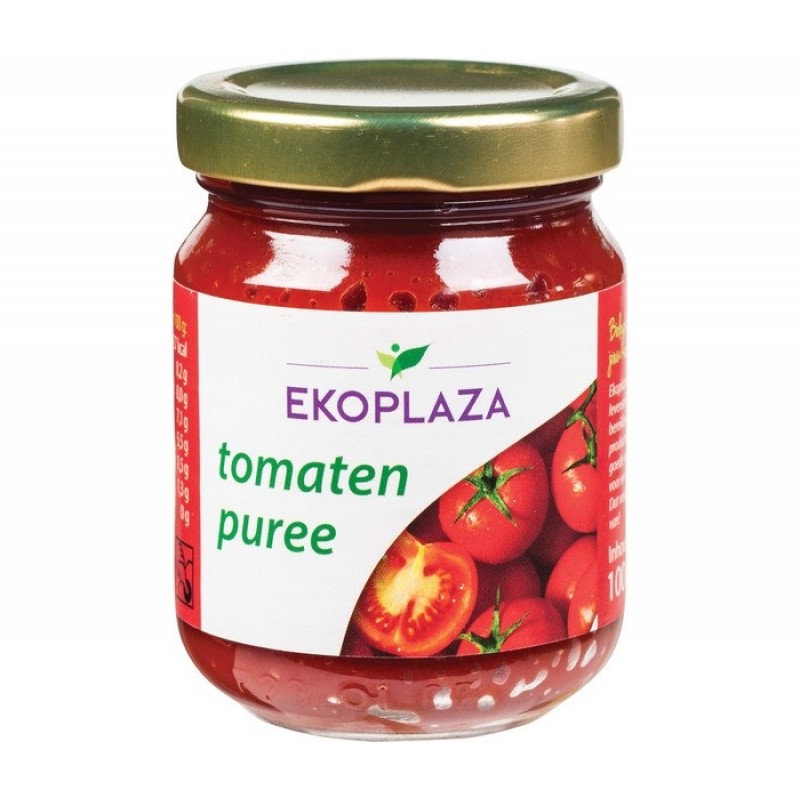
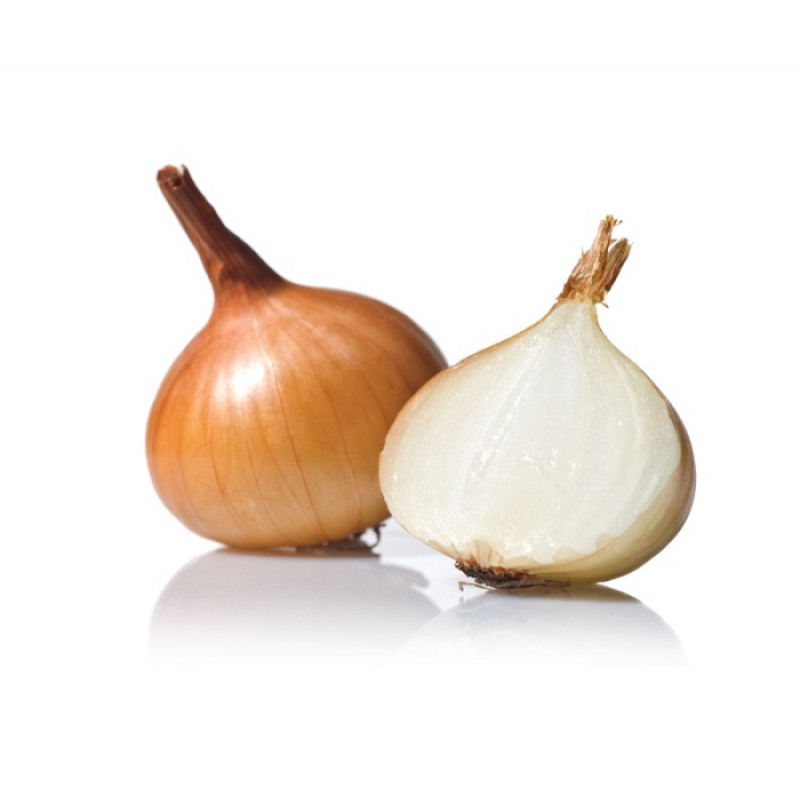
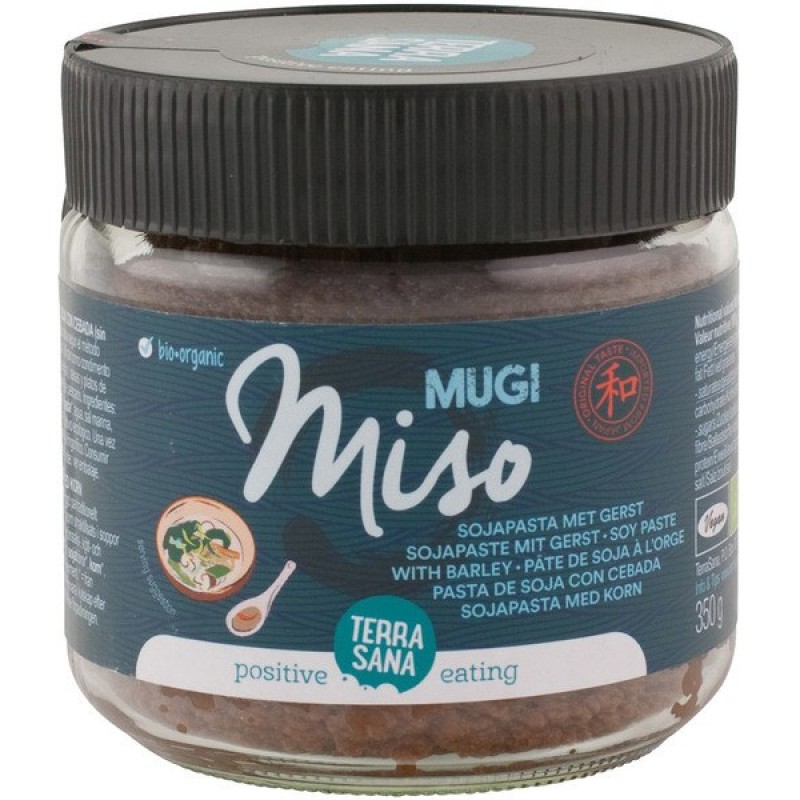
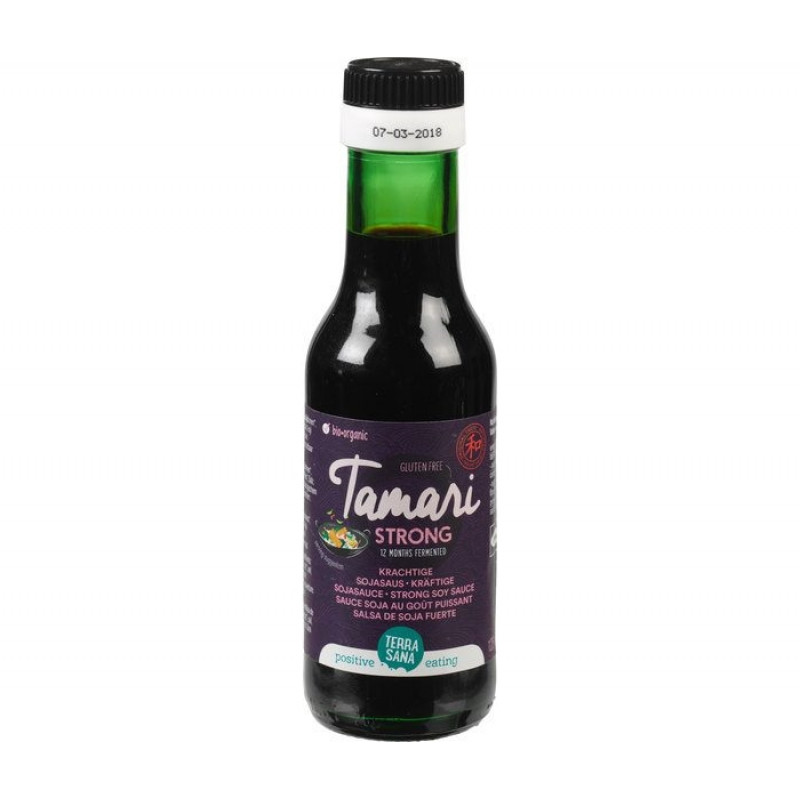
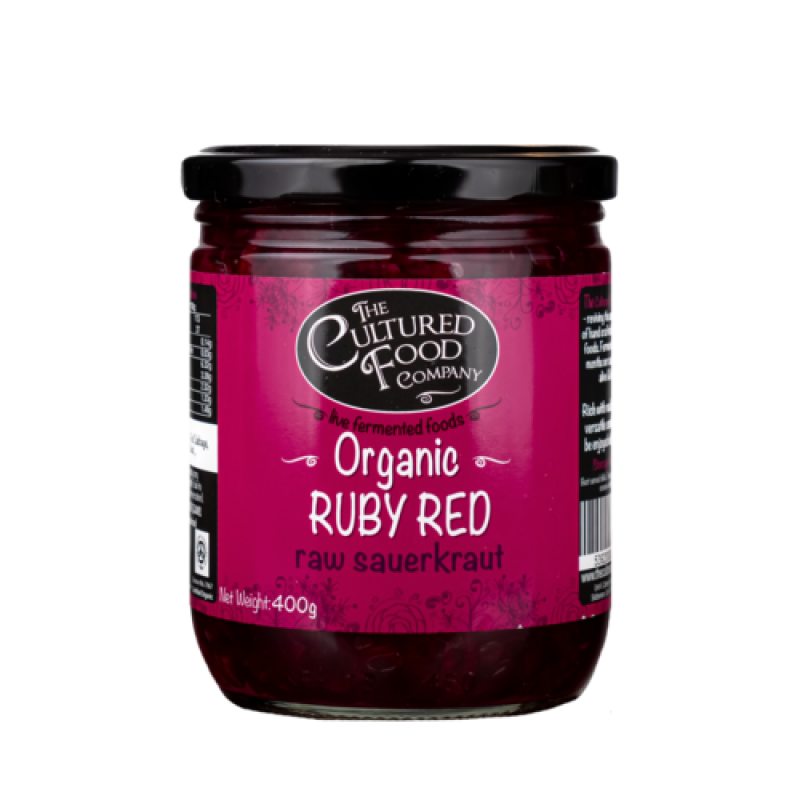
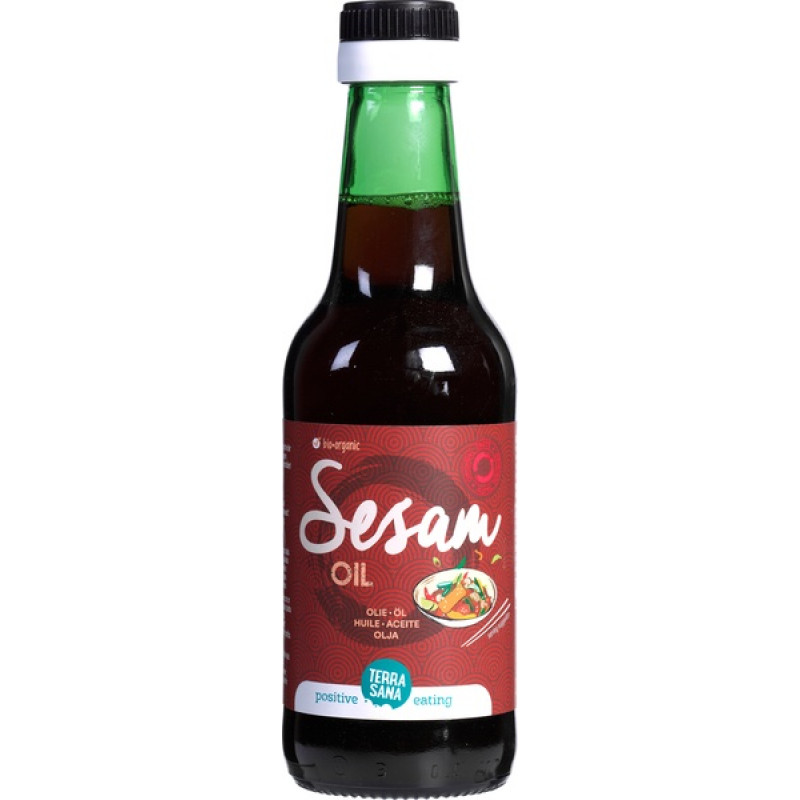
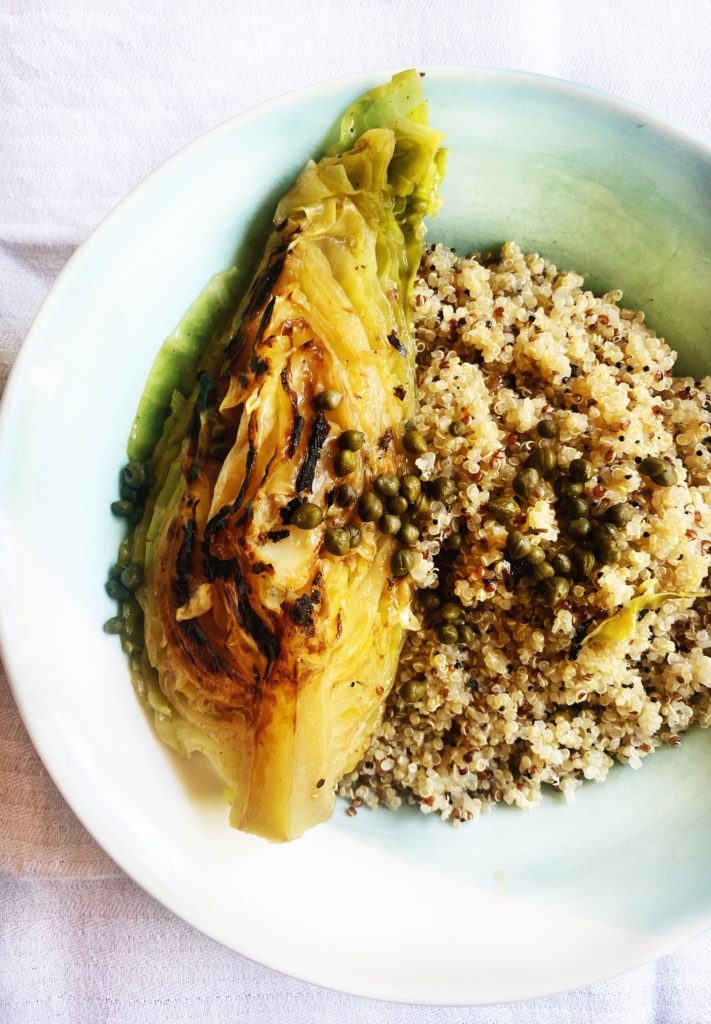
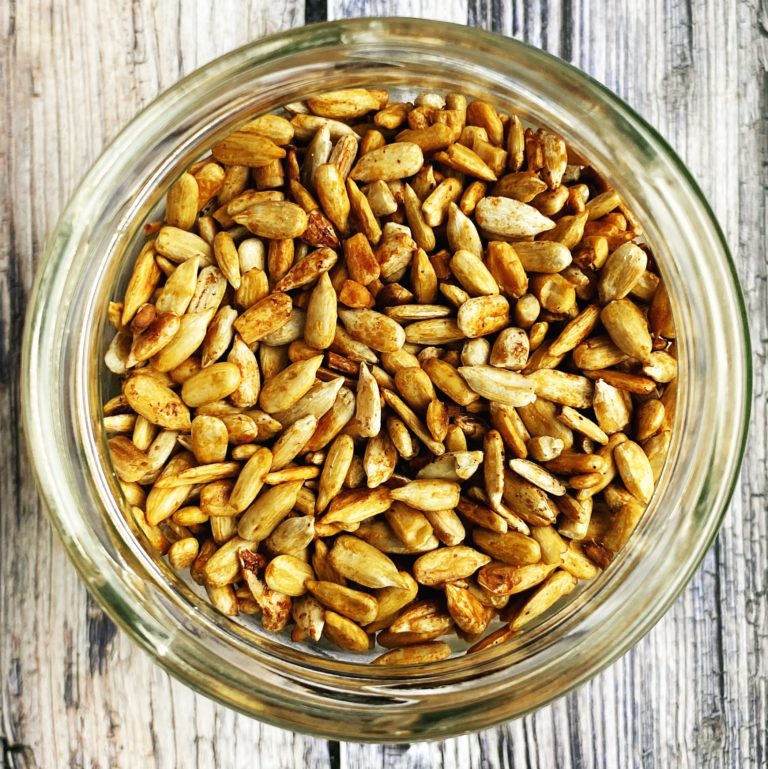
Barley, especially toasted in the pan first before adding liquid, adds a great depth of flavour to soups and stews. As do red lentils and split yellow peas cooked until they ‘melt’.
I add chestnuts to things like vegan goulash. Canned or vacuum packed ones. And often butter beans.
If I don’t need the soaking liquid from dried mushrooms in the dish I am making, I strain and freeze it to add ‘umami’ flavour to future stocks and gravies.
I’m only beginning to use miso. I see now what a useful ingredient I have been missing!
Ooh chestnuts, love those 💚
That’s a great tip, toasting grains before boiling them! And I’m totally on board the ‘melting’ lentil train. Lentils bring the best texture!
There’s a delicious Turkish Barley-Buttermilk soup in Frances Moore Lappe’s Diet for a Small Planet that I have been making for decades. It is so umami-rich it is difficult to stop eating it! It relies on sautéing the onions then the barley before adding stock, finishing it with buttermilk or yogurt, dill and butter. I prefer the buttermilk version.
I made vegan ‘buttermilk’ the other day using soya milk and lemon juice for a fruit soda loaf and it worked fine so presumably would here. I’m going to try that next time.
Wow that sounds really delicious! Thanks for sharing, I am going to have to try it – love the idea of finishing it with dill and yoghurt.
Just watched a class on Romanian cooking. https://irinageorgescu.com/cookery-classes/
She caramelises carrots, then leeks before adding any liquid, in order to increase the flavour. She also suggests caramelising vegetables when making stock. I’m going to try that. And I’m going to try the recipes. I’ve bought the ingredients in this week’s order.